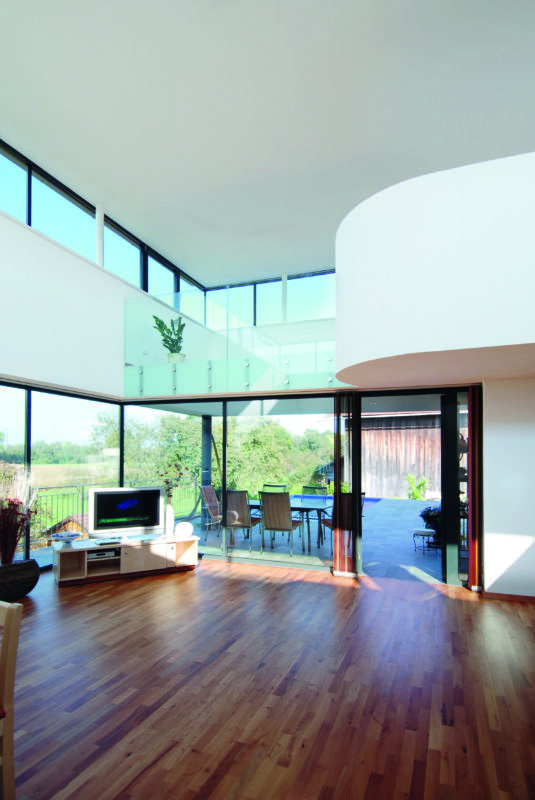No products in the cart.
Wood Fiber Insulation
BUILD ENERGY EFFICIENT, BUILD WITH GSWRAP
When it comes to building, it is very important you do your research. We live in a world, where there are so many products you can build with but the question comes in: Is it good for what I need? Is it efficient? Is it healthy? Will it last good?
All of these questions are very important for a home owner. Today, we would like to take you on a tour of learning how to build a energy-neutral, sustainable building.
1.What is a net zero energy building?
The Net Zero Energy Building is a method of construction and design that wants to achieve an energy efficient, grid connected building, enables to generate energy from renewable sources to compensate for its own energy demand. As a result, these types of buildings boast a net zero energy consumption, such that the total energy used by the building on an annualized basis is roughly equal to the amount of renewable energy created on the site or at a nearby location.
Building owners and developers have demonstrated greater interest in developing zero energy buildings to meet corporate goals and regulatory mandates and the building and design community is rising to the challenge. In fact, in many cases, they are helping to spearhead progressive projects that are truly marvels of ingenuity, engineering and forward-thinking design.
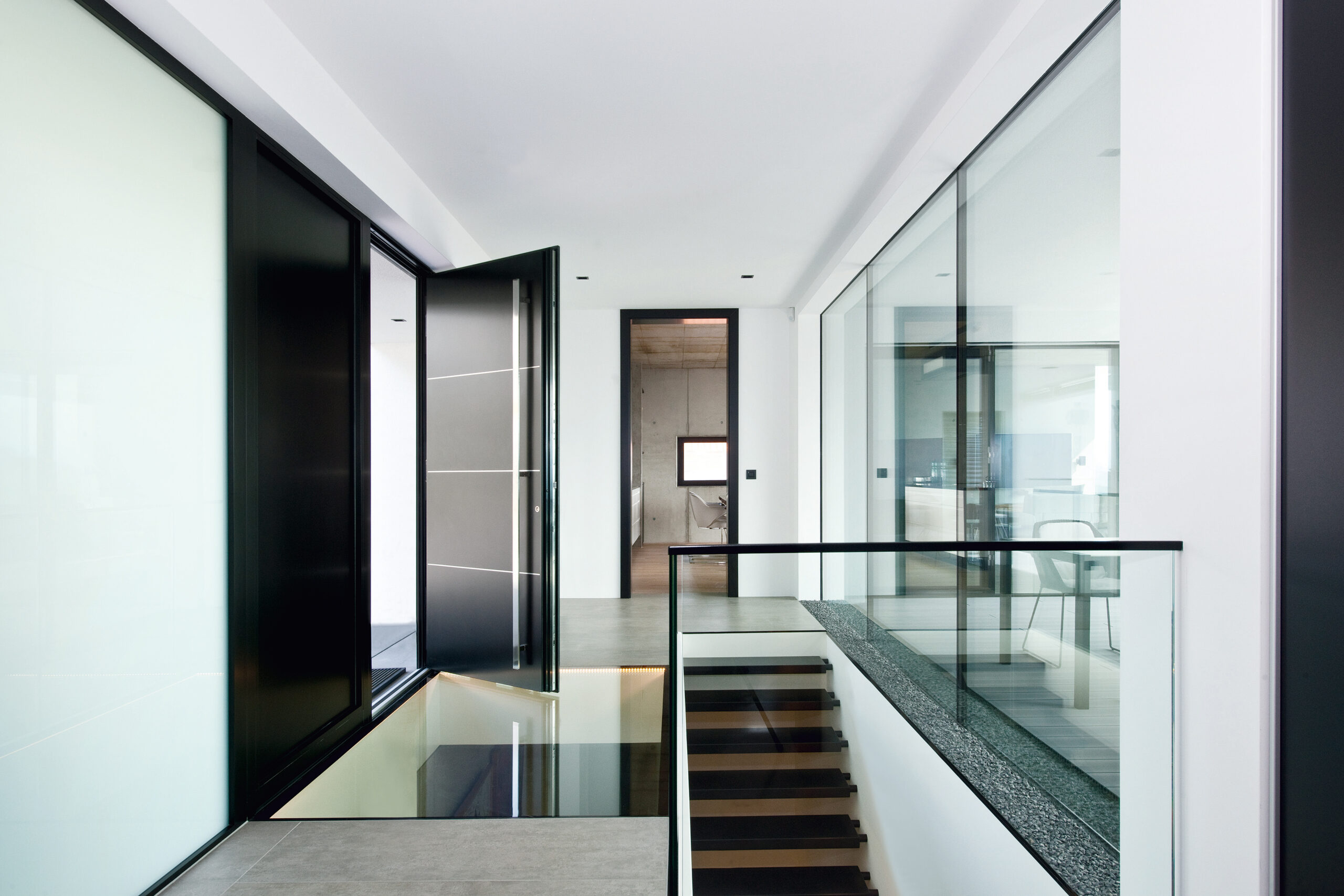 Zero energy buildings are optimized to use passive solar heat gain and shading, combined with thermal mass, to stabilize temperature variations throughout the day. They include a wide variety of energy efficiency measures—some highly complex and others quite simple—such as high efficiency heating and cooling equipment, appliances, windows and doors, as well as added insulation, natural ventilation, air sealing and more advanced renewable energy solutions such as solar photovoltaics and geothermal energy systems.
Zero energy buildings are optimized to use passive solar heat gain and shading, combined with thermal mass, to stabilize temperature variations throughout the day. They include a wide variety of energy efficiency measures—some highly complex and others quite simple—such as high efficiency heating and cooling equipment, appliances, windows and doors, as well as added insulation, natural ventilation, air sealing and more advanced renewable energy solutions such as solar photovoltaics and geothermal energy systems.
Net zero energy building is most commonly associated with commercial buildings, but it is possible for any structure to be net zero, including residential homes, as the concept is applicable and scalable to virtually any sized structure, whether a building is an expansive multi-use facility or a tiny home. The concept is even scalable to entire net zero campuses and communities.
2. How codes and standards guide net zero energy construction
Currently, building codes exist to help guide designers, architects, builders and contractors achieve more energy efficient and sustainable buildings than in years past. In the United States, building industry professionals can look to the IECC, which has been adopted (in some version) in approximately 44 states and territories (although nearly a third are still using older versions of the code, dated 2003 – 2009). ASHRAE 90.1 provides significant guidance across North America, while IgCC is another valuable resource. In Canada, there is the NECC (National Energy Code of Canada), and the NECB (National Energy Code for Buildings).
Energy use, its associated carbon footprint, and its impact on people and the planet have cast a sharper focus on the need for stricter and more progressive energy and building codes. However, there are a variety of challenges to their development. As industry professionals and officials look to design newer codes to specifically address NZEB—especially as governments drive toward tighter energy targets by 2030—there is still no consensus on how to design code to move buildings towards NZEB, how that code should look, or even how to ensure the buildings actually achieve NZE post-construction or during operation, management and occupancy.
Ensuring buildings are not only designed to NZEB, but actually perform to NZEB standards would require post-construction reporting and analysis and a framework for oversight and enforcement. It would require measurement of actual energy use. However, today’s codes and standards are based on proxies for energy with no requirement to actually quantify the end result. They are also gaps in types of energy uses that are included in energy calculations, leaving some uses unaddressed. To reach the goal of net-zero energy buildings, these methods must change. Modeling capabilities must improve, and actual outcomes must be measured.
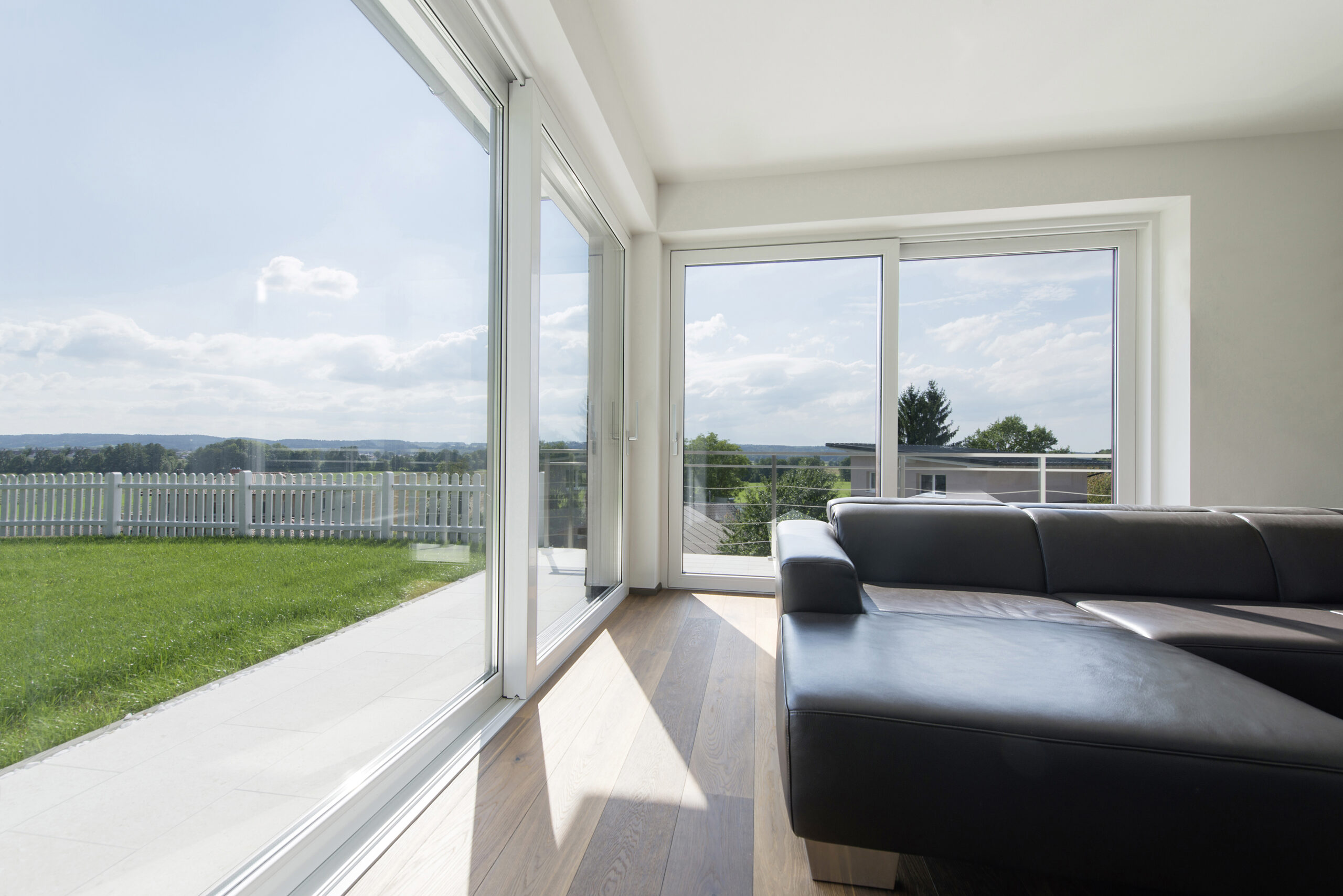
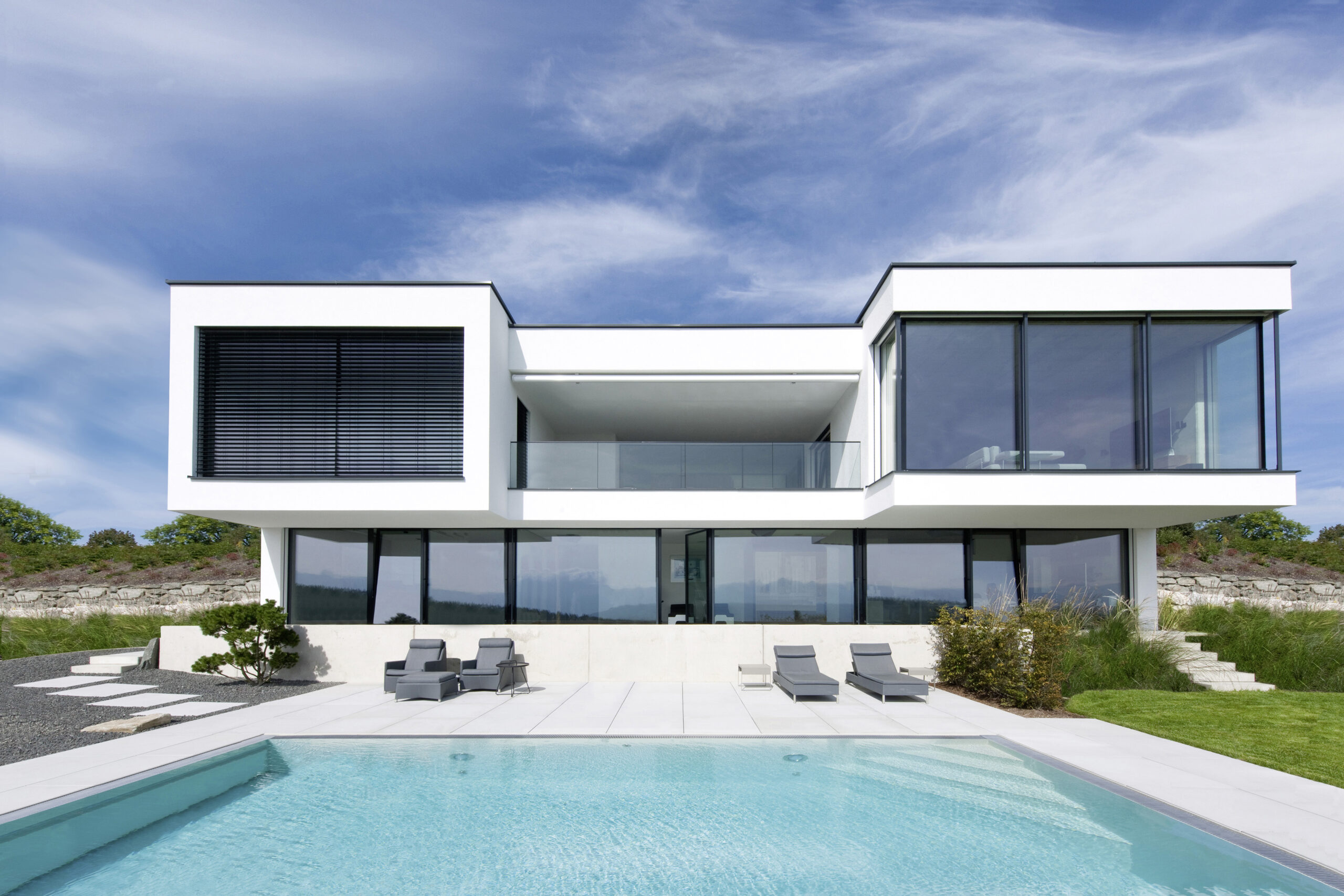
Mindsets are a hurdle to NZEB that also cannot be overlooked. A barrier to the implementation of NZEBs is changing our thinking with respect to cost, investment and return. Building owners and homebuyers will need to better understand the upfront costs versus savings on a monthly, annualized and lifetime basis. It can sometimes be difficult to get people to buy in to a long-term strategy. Technology and solutions also need to be better promoted and understood by those who have the ability to influence decision makers within the industry and on the owner side, as well.
Government at all levels throughout North America have recognized the urgency in taking climate action and improving sustainability measures. In fact, thousands of cities in North America—and around the world—representing millions of citizens, have declared states of climate emergency. The idea is that the first step to solving a problem is acknowledging that there is one. Most recognize that significant action is required to stop the damaging effects of climate change and carbon pollution. As a result, governments are launching various measures, programs and initiatives to combat climate change and contribute to their overall climate reduction strategies.
The built environment is the primary focus. Yet, the question remains: how can we boost the adoption of Net Zero Energy Buildings and bolster wider acceptance of zero energy building technology?
Currently, there is a mix of subsidies and financial incentives offered in cities and regions throughout North America aimed at increasing the amount of net zero energy buildings or near net zero energy buildings.
The international community has clearly defined climate change as a priority and an opportunity to shift towards a low carbon economy, globally.
In the United States, a number of cities and states have implemented measures, energy and carbon reduction targets, and in some cases legislated change to achieve the transition to a low carbon future. Such examples can be seen in places like California, where $3.2 billion dollars in subsidies and incentives have been earmarked to help the net zero energy construction gain greater traction, and in New York, with its recent introduction of the Climate Mobilization Act that sets forth stricter energy requirements for new buildings and retrofit construction.
The World Business Council for Sustainable Development has launched a major initiative to support the development of ZEB and help to make ZEB a reality by mobilizing large global organizations.
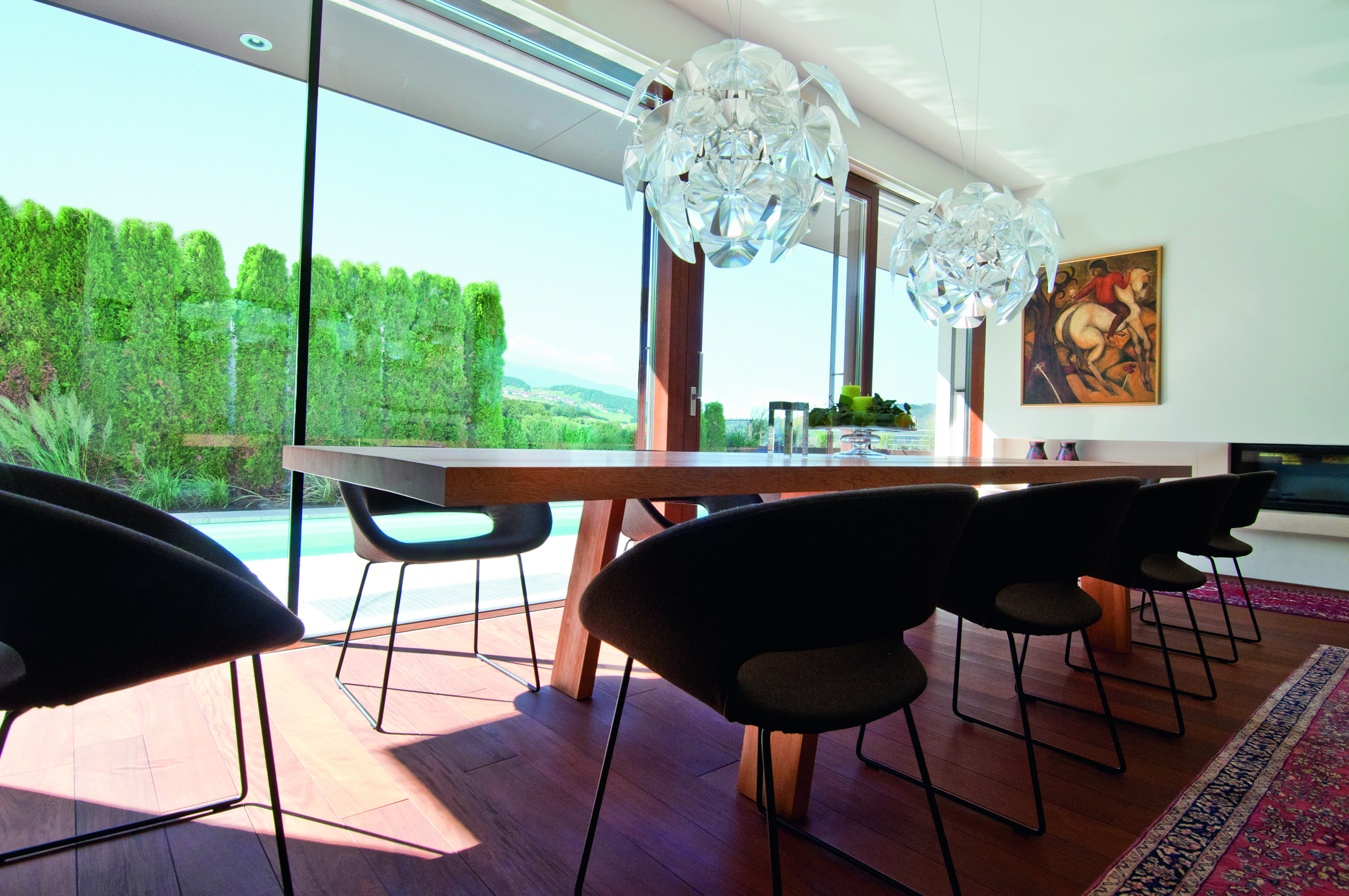
It’s clear that there is a strong mandate for change. It’s not so much a matter of if NZEB construction will become a greater part of the built environment but how and how quickly. While codes haven’t quite caught up, many in the building community are already embracing solutions that can make a significant difference.
3. The role of the building envelope
To achieve net zero energy buildings, optimization of building energy efficiency typically considers the following: (1) lighting, (2) the walls and roof, (3) glazing, (4) heating, (5) ventilation, (6) air conditioning, (7) renewables (8) soft costs, and (9) the building usage and behaviours of the occupants.
Each of the above variables work together to ultimately reach the goal of net zero energy. However, an air-tight, highly-insulated building envelope is an integral part of the NZEB strategy. After all, the other efficiency measures may be negated if conditioned air flows out of the building unchecked. To that point, insulation represents significant potential energy savings. For example, GSWRAP Wood Fiber Insulation can help buildings realize heating energy savings of up to 70 per cent, reducing dependency on fossil fuels.
GSWRAP Wood Fiber Insulation products for residential and commercial applications are available to help achieve even the most ambitious energy goals including NZEB. GSWRAP Wood Fiber Insulation can be used in virtually all types of applications from continuous exterior insulation, rainscreen, and roofs to exterior and interior walls, basements, ceilings, attics, underslab, and more.
To achieve high performance buildings, comprehensive services are available from GSWRAP’s team including full building energy modelling and thermal analysis to help architects, designers, specifiers, contactors, building owners and energy consultants maximize efficiencies. A well planned and integrated team approach is typically necessary to achieve NZEB. GSWRAP can help make the journey smoother.

5. Net Zero Energy Buildings – Striving today for a better tomorrow
With energy conservation and carbon reduction key priorities, it is in the collective interest of all to encourage and perhaps even legislate net zero energy building as a code requirement. However, it remains a very complicated and controversial solution with its own inherent challenges. Until the industry figures out the best approach, strategies like stretch codes and voluntary programs can help shift the industry toward net zero energy buildings and improve acceptance of some of the proposed changes.
The building envelope will remain a key building component to maximize efficiency, and insulation will remain one of the most cost-effective solutions. Much of a building’s energy savings will be achieved through the building envelope – essentially resisting heat flow and improving overall performance.
Net zero energy buildings can be part of path to more sustainable and liveable cities. While regulation undoubtedly will play an increasing role, the choice we make for our buildings today will continue to have an impact on our planet—and our pocketbooks, for that matter—for decades to come. Consider that, globally, 50 per cent of existing buildings will still be in use by 2050. Of course, the larger concern is that we are running out of time to stave off the consequence of maintaining the status quo. Most certainly, we must ask ourselves, what can we do today to make a difference for tomorrow? Net zero energy building is one solution to reach energy and carbon reduction targets. Choosing sustainable, efficient stone wool insulation is another.
